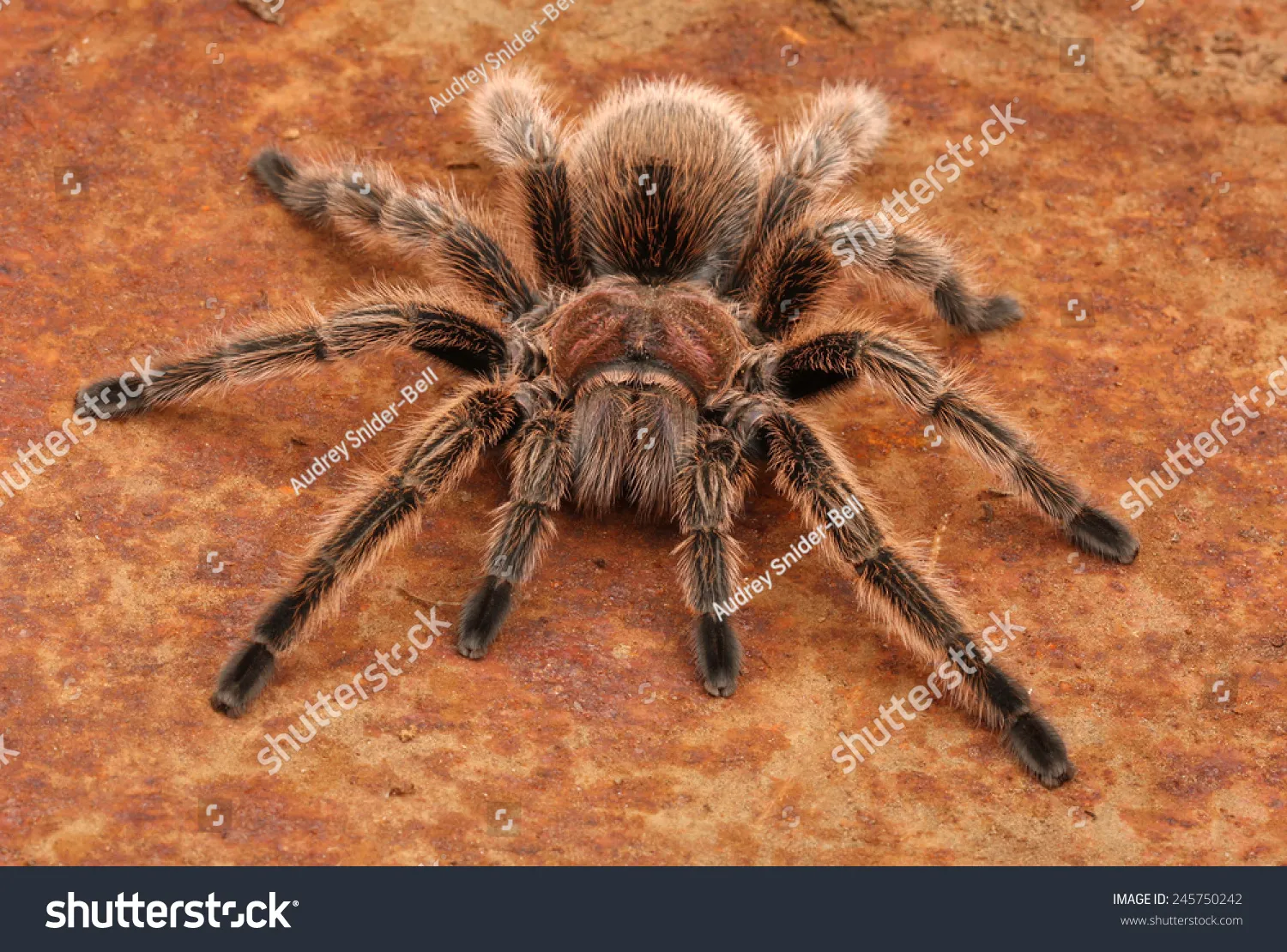The Importance of Lighting for Rose Hair Tarantulas
Lighting might seem like a minor detail when it comes to caring for a Rose Hair Tarantula, but it plays a crucial role in their overall health and well-being. Just like any other living creature, these fascinating arachnids have specific needs that must be met to ensure they thrive in captivity. Understanding the importance of lighting is the first step in providing the best possible environment for your pet tarantula. Incorrect lighting can lead to stress, behavioral changes, and even health problems. This guide provides seven essential tips to help you illuminate your Rose Hair Tarantula’s world in the best possible way.
Understanding Rose Hair Tarantula’s Natural Habitat
Rose Hair Tarantulas, also known as Chilean Rose Hair Tarantulas, are native to the arid and semi-arid regions of South America, particularly Chile, Argentina, and Bolivia. In their natural habitat, they experience a distinct day-night cycle with varying light intensities. They primarily live in burrows or under rocks, seeking shelter from direct sunlight. They are nocturnal creatures, most active during the night. Replicating the natural environment as closely as possible is key to ensuring your pet’s well-being. Understanding this natural behavior helps you make informed decisions about the type and duration of light exposure.
Why Proper Lighting Matters
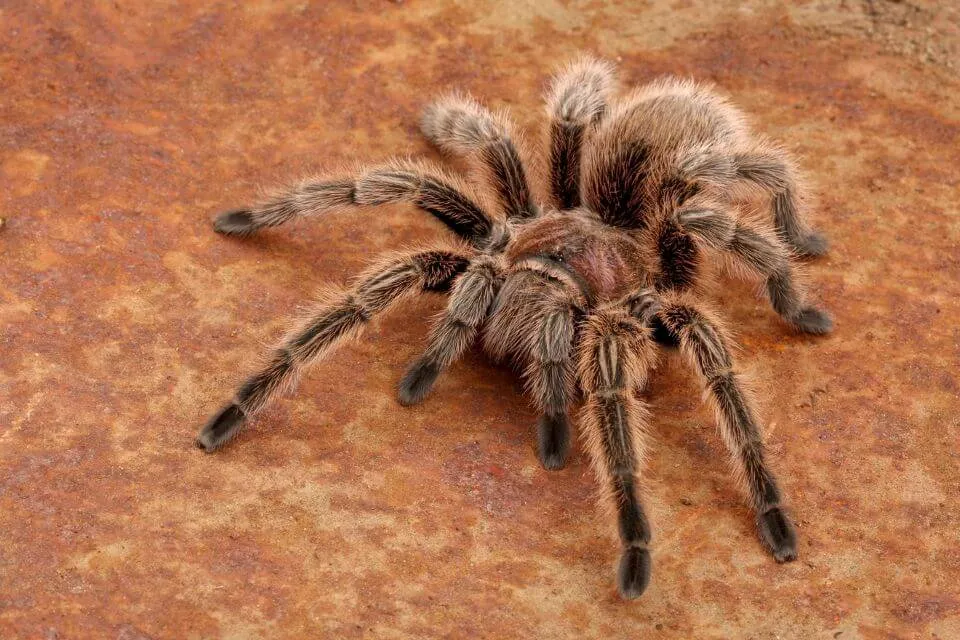
Proper lighting contributes to several aspects of your Rose Hair Tarantula’s health. It helps regulate their internal body clock, which controls their activity levels and feeding patterns. It also allows you to observe your pet in a way that doesn’t cause harm. In the absence of any lighting your Rose Hair Tarantula can become lethargic and may not exhibit natural behaviors such as web-spinning or foraging. It’s vital to create a balanced lighting scheme, ensuring a day-night cycle, avoiding harsh light, and choosing the appropriate bulbs to meet your tarantula’s needs.
Essential Lighting Tips for Rose Hair Tarantulas
Tip 1 Provide a DayNight Cycle
One of the most crucial aspects of tarantula lighting is establishing a consistent day-night cycle. This mimics the natural environment and helps regulate the tarantula’s circadian rhythm. A regular cycle helps the tarantula understand when to be active and when to rest. Ideally, provide 12 hours of light and 12 hours of darkness. This can be achieved using a timer for the light source, turning the lights on and off at the same time each day. Consistent schedules are key to maintaining their well-being. This helps your tarantula to feel more secure and allows them to engage in natural behaviors at the appropriate times.
How to mimic natural light

To mimic natural light, use a low-wattage LED or incandescent bulb. Avoid excessively bright lights that can stress your tarantula. Position the light source above the enclosure, and consider using a dimmable light or a bulb with a lower intensity. This allows you to control the brightness and replicate a natural day-night cycle more effectively. When using a LED bulb, choose one with a warm color temperature. The warmth of the light will allow you to observe your tarantula without causing distress. You may also consider providing the tarantula with a hide where it can escape light.
Tip 2 Avoid Direct Sunlight
Direct sunlight can be detrimental to Rose Hair Tarantulas. Their natural environment is typically shaded, and they are not adapted to intense, direct light exposure. Direct sunlight can cause overheating, which can be fatal. It can also make it difficult to maintain consistent humidity levels. Position the enclosure away from windows or any direct sunlight sources. If you must place the enclosure near a window, use blinds or curtains to filter the light and prevent direct rays from reaching the tarantula. Providing a shaded area within the enclosure, such as a hide, will also allow the tarantula to regulate its exposure to light.
The Dangers of Direct Sunlight
Direct sunlight can dramatically increase the temperature inside the enclosure, leading to heat stress and dehydration. This can be particularly dangerous for Rose Hair Tarantulas, as they are sensitive to extreme temperatures. It can cause the tarantula to become lethargic, stop eating, and in severe cases, lead to death. Additionally, direct sunlight can dry out the substrate, making it challenging to maintain the required humidity levels. Direct sunlight can also lead to eye damage or other health complications. Always ensure that the enclosure is placed in a location where the tarantula is protected from direct sunlight.
Tip 3 The Right Type of Bulb
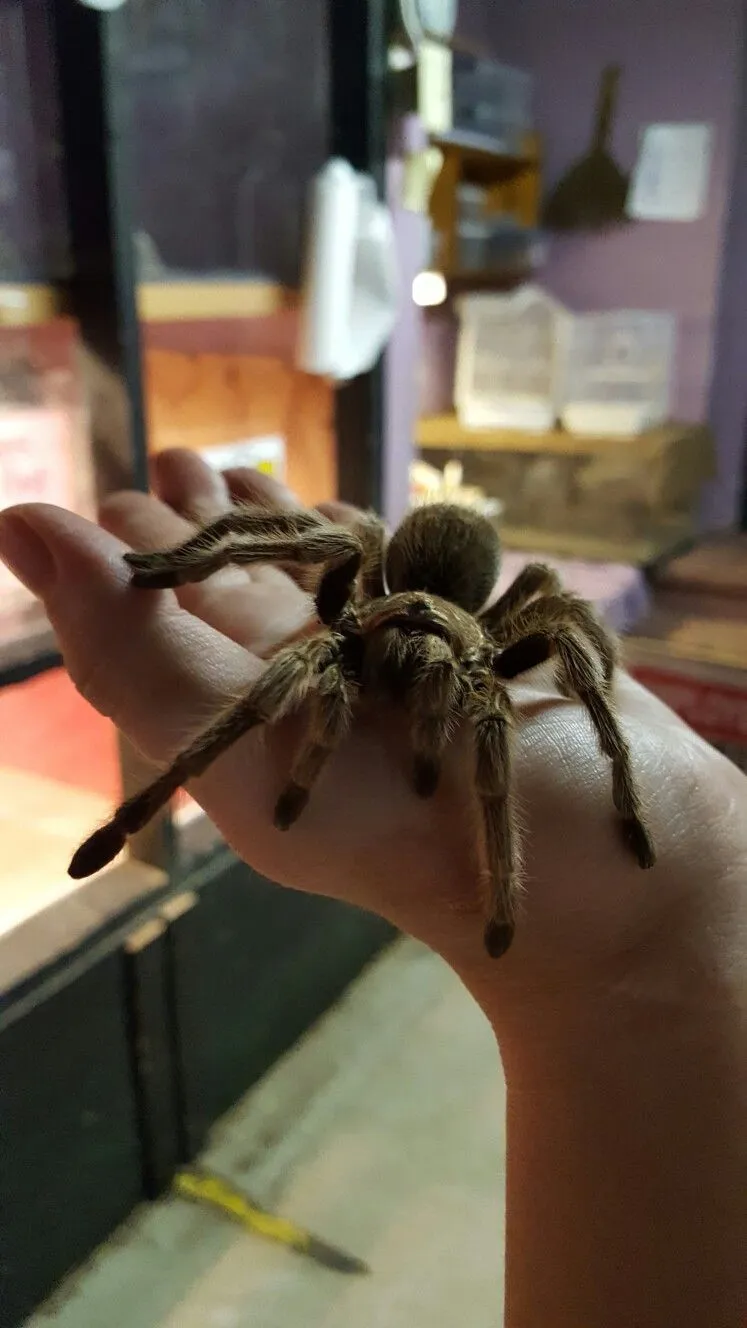
The type of bulb you use for your Rose Hair Tarantula is essential. Incandescent bulbs are a good option, as they provide both light and some heat. LED bulbs are also suitable and are energy-efficient, producing less heat. Avoid using fluorescent bulbs, which may emit UV radiation that can be harmful. Remember that the primary goal is to provide illumination without excessive heat. Therefore, choose bulbs specifically designed for terrariums or reptile enclosures. Ensure the bulb is positioned safely above the enclosure to prevent accidental contact. A good option is to use a lamp fixture with a reflector, focusing the light downwards.
Choosing the right wattage
The wattage of the bulb you choose will depend on the size of the enclosure and the ambient temperature of your home. Start with a low-wattage bulb and monitor the temperature inside the enclosure. Use a thermometer to ensure the temperature stays within the ideal range (75-80°F or 24-27°C). If the enclosure is too cold, you may need to increase the wattage slightly. If the enclosure becomes too hot, decrease the wattage. Always prioritize the safety and well-being of your tarantula over other factors. By experimenting with different wattages, you can achieve the perfect balance.
Tip 4 Maintaining Proper Temperature
Maintaining the correct temperature is directly related to lighting, as the light source can significantly affect the ambient temperature. Rose Hair Tarantulas thrive in a temperature range of 75-80°F (24-27°C). It is crucial to monitor the temperature inside the enclosure regularly. If the temperature is too low, the tarantula may become lethargic and inactive. If it is too high, it can lead to heat stress. A well-placed light source can help achieve the desired temperature. If the enclosure gets too warm, you may need to use a lower-wattage bulb, increase ventilation, or move the enclosure to a cooler location.
Lighting and Temperature Relationship

The relationship between lighting and temperature is critical for tarantula care. Incandescent bulbs, for instance, generate heat in addition to light. This means that the type and wattage of the bulb will significantly impact the enclosure’s temperature. When using a heat-producing bulb, monitor the temperature closely. You might need to adjust the bulb’s wattage or use a thermostat to regulate the temperature. LED bulbs generally produce less heat, which may be beneficial if you are having trouble keeping the enclosure cool. Always check the temperature regularly to make sure your pet tarantula is comfortable.
Tip 5 Using a Thermometer
A reliable thermometer is essential for monitoring the temperature within your Rose Hair Tarantula’s enclosure. Place the thermometer in a location that accurately reflects the temperature throughout the enclosure. Digital thermometers with probes are ideal, as they can measure the temperature in different areas. Check the thermometer regularly, at least once a day, to ensure the temperature remains within the ideal range. This helps you catch and address any potential temperature fluctuations quickly. If you notice any significant deviations from the ideal temperature, adjust your lighting setup accordingly. A thermometer is a simple but crucial tool for tarantula care and well-being. The use of a thermometer will allow you to make informed decisions regarding your tarantula’s health.
Tip 6 Understand UV Lighting
While Rose Hair Tarantulas do not require UV lighting for their basic survival, some experts suggest that a low level of UVB exposure may be beneficial. UVB light can help with vitamin D3 synthesis, which is essential for calcium absorption. However, it’s crucial to use UVB lighting cautiously. Tarantulas are primarily nocturnal and don’t spend much time in direct sunlight, so excessive UVB exposure can be harmful. If you choose to use a UVB bulb, ensure it’s a low-intensity bulb designed for reptiles. Monitor your tarantula’s behavior closely. Provide plenty of shaded areas within the enclosure where your tarantula can avoid the UVB light if it chooses. If you do not choose to provide UV lighting to your Rose Hair Tarantula, they will still remain healthy.
The benefits of UV lighting
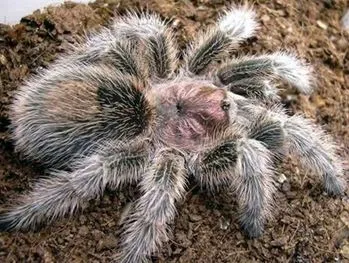
The potential benefits of UVB lighting for Rose Hair Tarantulas include supporting vitamin D3 synthesis, which is essential for calcium absorption. A healthy calcium intake helps to maintain strong exoskeletons. Some tarantula keepers have noticed improved activity levels and overall health in their tarantulas with controlled UVB exposure. However, it is essential to emphasize that UVB lighting is not a necessity for Rose Hair Tarantulas. Before introducing UVB lighting, research the correct intensity and duration. The goal is to provide a supplement to their diet without causing harm. Overexposure to UVB can cause health problems. Always monitor your tarantula closely and consult with a veterinarian or experienced arachnid keeper if you have any concerns.
Tip 7 The Right Setup
The overall setup of your tarantula’s enclosure plays a vital role in how light interacts with the environment. Choose an enclosure with proper ventilation to prevent excessive heat buildup. The size of the enclosure also affects the lighting requirements. A larger enclosure will likely require a higher wattage bulb to achieve the desired temperature. Provide a substrate that allows the tarantula to burrow, which will help it regulate its exposure to light and heat. The substrate should be deep enough for the tarantula to hide. Include plenty of hides such as cork bark, artificial plants, or other decorations to provide shaded areas and encourage natural behaviors. By optimizing the setup you can help your Rose Hair Tarantula thrive.
How to properly setup the light source
When setting up the light source, consider the placement of the bulb and the enclosure. Position the bulb above the enclosure, ensuring it is securely mounted and out of reach of your tarantula. A lamp fixture with a reflector will help direct the light downward, maximizing the illumination. Make sure to place the light source in a way that does not directly hit the tarantula’s hide. Ensure that the fixture and bulb are designed for terrarium use, with proper ventilation to prevent overheating. The goal is to illuminate the enclosure while maintaining a comfortable temperature and providing the tarantula with a safe, secure environment. Monitor the temperature regularly and make adjustments as needed.
Conclusion
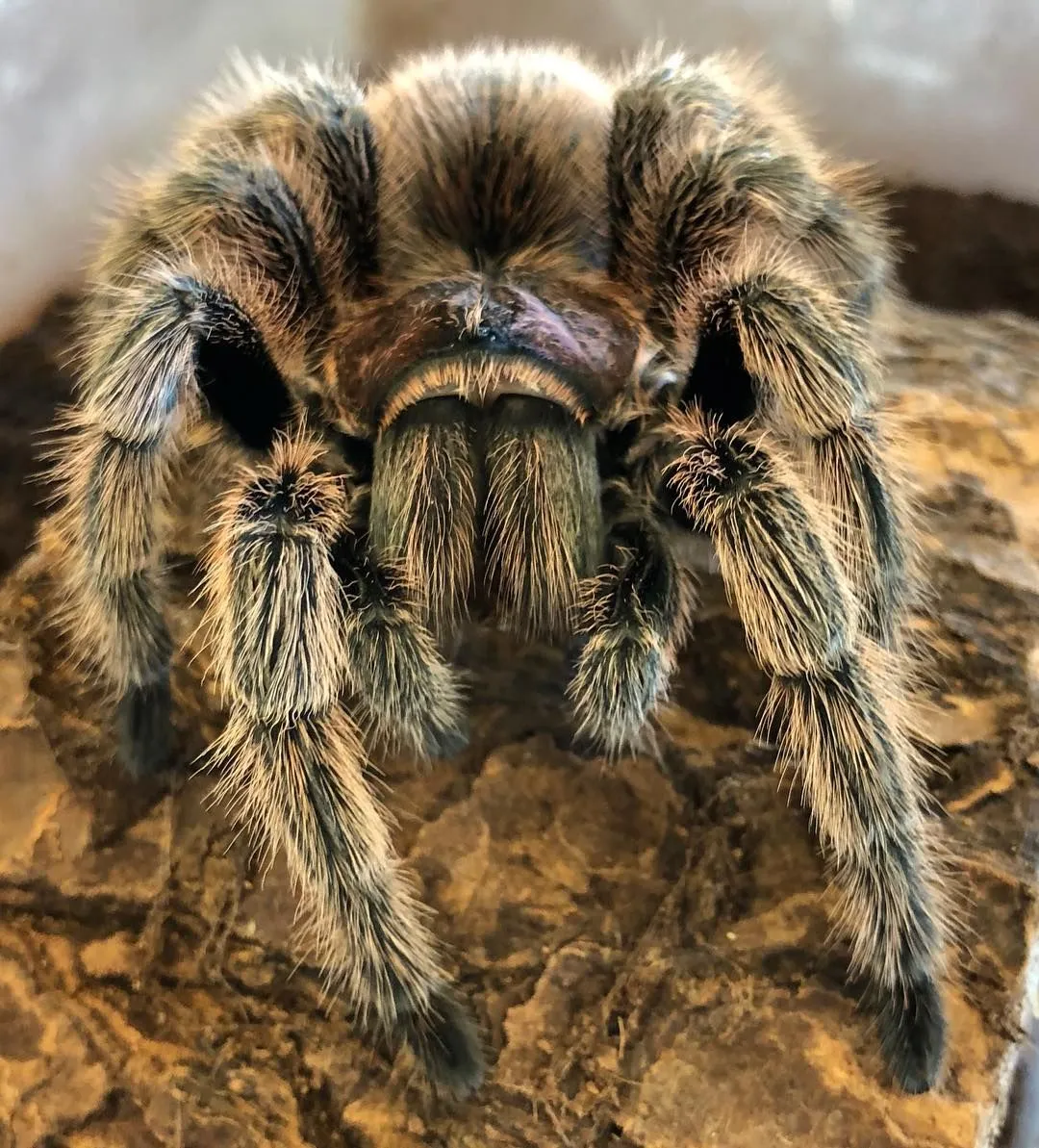
Lighting is a critical element in the care of Rose Hair Tarantulas. By following these seven essential tips, you can create an optimal environment that promotes your pet’s health and well-being. Remembering the importance of a day-night cycle, avoiding direct sunlight, choosing the right bulb, and consistently monitoring temperature are all essential for successful tarantula care. Provide plenty of hides and remember that they are nocturnal creatures. With the right approach, you can create a habitat where your Rose Hair Tarantula can thrive, displaying its natural behaviors and living a long, healthy life. A well-lit enclosure and proper care will make your pet happy and healthy!
